How Digital Interaction Builds Smarter Students

Education no longer happens only inside four walls. The chalkboard has become a glowing screen. Digital interaction—clicks, chats, shared documents, virtual math boards—has changed how students think, learn, and grow. When connection becomes constant, learning becomes alive. A generation once limited by location can now study from anywhere, guided by teachers who appear on their devices, not just in their classrooms.
The Changing Role of Digital Tools in Learning
Interactive platforms have made education faster, more visual, and often more fun. In subjects like math, the difference is striking. Instead of static textbooks, students explore graphs that move, numbers that respond, and problems that adapt to their level. It’s no longer just about memorizing; it’s about understanding patterns, building logic, and seeing immediate results.
A guide no longer needs to stand beside the student. The digital guide can appear as an animated tutor, an app-based challenge, or even an AI-driven quiz that changes difficulty based on performance. These adaptive systems have improved accuracy and engagement—according to a 2024 educational report, classrooms using interactive platforms saw a 32% increase in math comprehension scores compared to traditional settings.
Collaborative Thinking Through Digital Interaction
Smart students are not created in isolation. They are built through discussion, exchange, and peer learning—something that digital spaces encourage more than ever. Forums, group documents, and online projects make teamwork constant. In digital environments, introverted students, who might stay silent in a physical room, often find a voice.
Teachers can guide the process more easily too. Feedback is faster, tracking progress is clearer, and collaboration doesn’t end with the bell. When ideas flow through chat boxes and shared screens, students start thinking together—and thinking together often leads to deeper understanding.
The Role of Math in Shaping Digital Intelligence
Mathematics remains the backbone of logical thinking, and digital learning has given it a new face. Interactive math apps guide students step-by-step through problem-solving. They show not only what to do but why it works. Mistakes are not punished but analyzed, visualized, and corrected in real time.
Through these tools, students learn to see math instead of fearing it. They explore patterns through animation, test formulas instantly, and even create digital simulations of real-life applications—geometry becomes architecture, algebra becomes data science. A student who once struggled with fractions might now visualize them by adjusting slices in an interactive pie chart.
In this sense, digital interaction doesn’t replace the teacher. It strengthens the guide’s role, giving them clearer insight into how each learner thinks. The result? Smarter, more confident math students who learn by doing, not just reading.
Building Critical Thinking Skills
Digital interaction isn’t just about access—it’s about thinking differently. Online discussions encourage debate. Educational games reward strategy, not memorization. Students begin to question, analyze, and test what they see.
Research from UNESCO in 2023 noted that digital learning environments improved problem-solving skills by nearly 28% across multiple countries. The reason lies in the constant engagement cycle—students are asked to act, react, and reflect. In math or science, this means testing multiple approaches until one works. In literature, it means exploring perspectives.
The best digital classrooms guide students toward discovery, not just delivery.
Video Chat: The New Face of Personal Connection
When digital education first spread, many feared it would remove the human element. But then came online video chat. Platforms like Joingy and CallMeChat make communication more intimate and warm than traditional text messages. Real-time video communication helps students read facial expressions, quickly correct their thoughts, or showcase their work. It creates an emotional bridge that transforms screens into shared spaces.
Imagine a math lesson: the student solves equations on a digital board while the teacher circles errors in real time on their screen. No delay, no loss of connection. In a sense, the virtual classroom has become more personal than the traditional one, where crowded spaces once limited individual attention.
Challenges and How to Overcome Them
Not all is perfect. Digital interaction also brings distractions—social feeds, games, notifications. Too much screen time can reduce focus. Not every student has the same internet access or device quality, which can widen learning gaps.
Teachers and schools must guide—not just teach—students on responsible technology use. Setting digital boundaries, encouraging offline reflection, and using structured schedules help balance engagement and rest.
A smart student is not only tech-savvy but also aware of when to disconnect. The guide here is essential again: helping learners understand that technology is a tool, not a replacement for curiosity.
How Digital Interaction Shapes Lifelong Learning
Once students adapt to digital collaboration, they carry those habits into adulthood. The ability to learn independently, verify information, and apply logic defines the modern professional. These are not just academic skills; they are life skills.
A student who has used digital tools to explore math concepts today might become tomorrow’s engineer, architect, or data analyst. A learner who discusses literature through online groups might become a communicator or researcher. What digital interaction builds is not just smarter students—it builds adaptable, global thinkers.
The Guide’s New Role in the Digital Age
Teachers have become navigators in a sea of data. Their challenge is to combine human intuition with digital precision. Instead of replacing traditional teaching, technology adds new layers: data tracking, adaptive feedback, and global collaboration.
Good educators now design hybrid lessons—part lecture, part online challenge, part video discussion. The best combination is simplicity with interactivity. They remind students that even in a world of screens, human thought remains the most powerful tool of all.
Conclusion: Learning That Never Stops
The classroom is now infinite. A student in a rural town can attend a live lecture from a university thousands of miles away. Math problems can come alive through color and motion. Digital interaction has not just built smarter students—it has built curious ones.
Every tap, every chat, every video session adds to a new kind of education—fluid, responsive, and human. The future belongs not to those who simply know how to use technology, but to those who know how to learn with it. And that, perhaps, is the smartest skill of all.
Frequently Asked Questions
What is the relationship between chord and arc?
In geometry, a chord is a line segment that connects two points on a circle’s circumference. An arc, on the other hand, is a part of the circle’s circumference between two points. The relationship between a chord and an arc is that a chord divides a circle into two segments, with each segment having its corresponding arc. Understanding this relationship can help students solve problems involving circles and angles more effectively. For further exploration of circle properties and relationships, you can visit EffortlessMath’s Geometry section.
How do you add and subtract mixed fractions?
To add or subtract mixed fractions, first convert them to improper fractions. Then, perform the operation on the numerators while keeping the denominators the same. Finally, simplify the result if needed. For detailed step-by-step instructions with examples, you can visit EffortlessMath’s page on how to add fractions and how to subtract fractions.
Is a chord equal to its arc?
In a circle, a chord is not necessarily equal to its corresponding arc. The length of a chord can be different from the measure of its corresponding arc. Understanding the relationship between chords and arcs is important in geometry, especially when solving problems related to circles. To learn more about circles and their properties, you can explore the circles section on EffortlessMath.com.
Related to This Article
More math articles
- 10 Most Common 6th Grade MCAS Math Questions
- Other Topics Puzzle – Challenge 97
- What iѕ the Best Cаlсulаtоr fоr thе SAT оr ACT?
- 10 Most Common 3rd Grade ACT Aspire Math Questions
- 6th Grade NSCAS Math Worksheets: FREE & Printable
- A Comprehensive Collection of Free ParaPro Math Practice Tests
- Power Series Integration: Fundamentals, Step-by-Step Methods, and Applications
- 6th Grade MCAP Math Worksheets: FREE & Printable
- Top 10 Tips to Overcome SSAT Math Anxiety
- Geometry Puzzle – Challenge 62
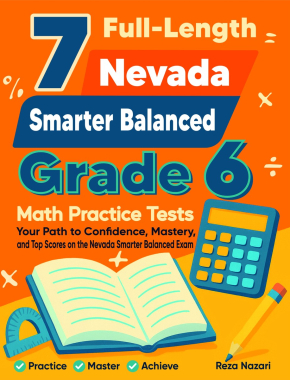
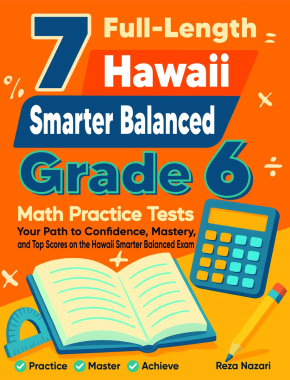
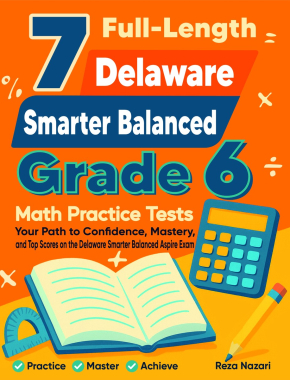
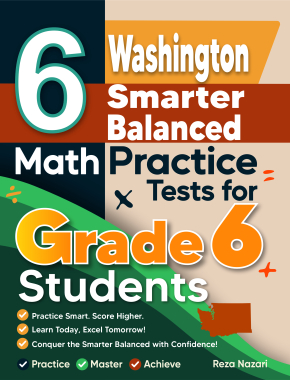
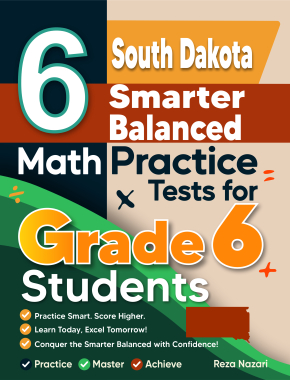
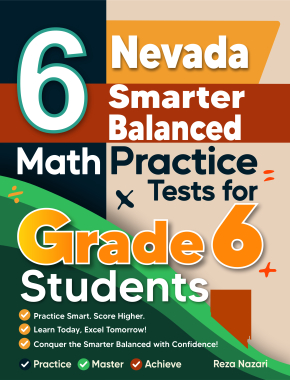
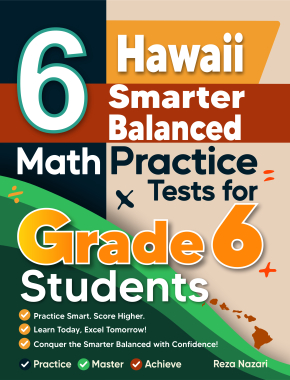
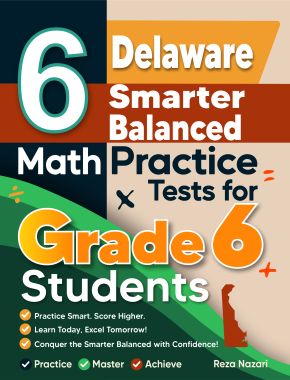
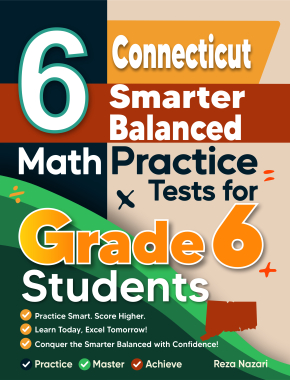
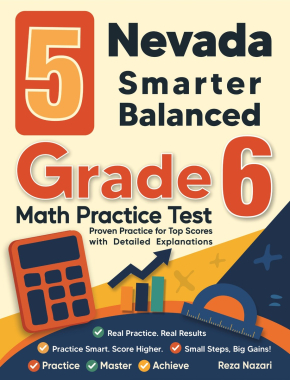
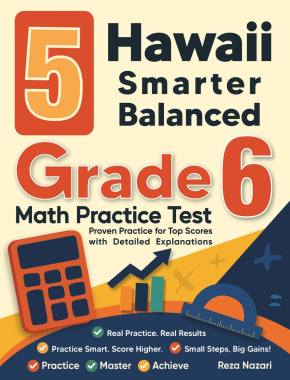
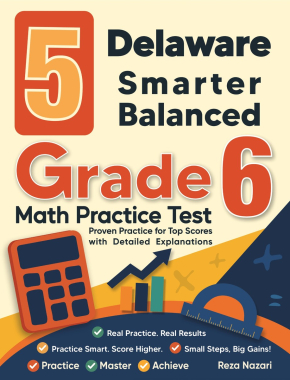
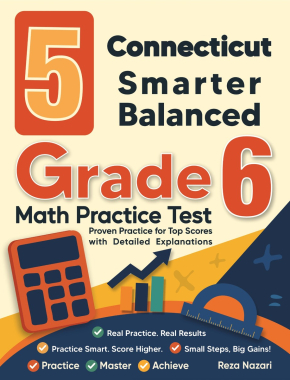

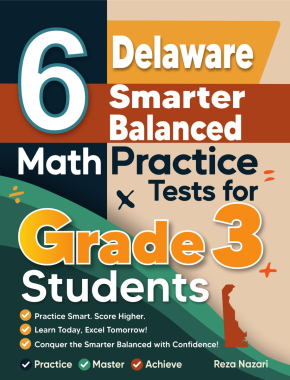


What people say about "How Digital Interaction Builds Smarter Students - Effortless Math: We Help Students Learn to LOVE Mathematics"?
No one replied yet.